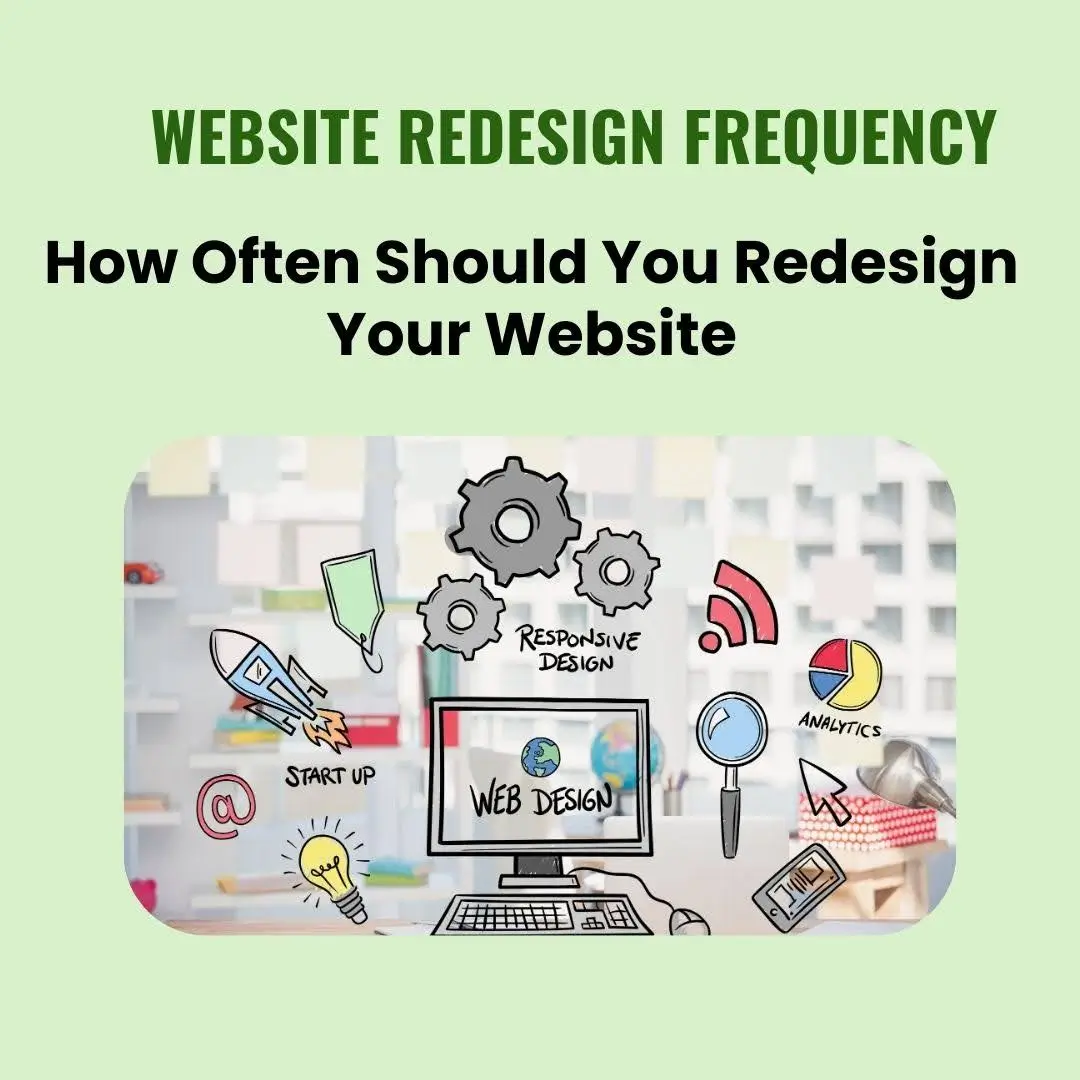Introduction
In today’s digital age, having a strong online presence is vital for the success of any small business. A well-designed website serves as the digital storefront, representing the essence of the business to potential customers. It is the central hub where customers can learn about products or services, make purchases, and engage with the brand. In this article, we will explore the essential elements of web design for small businesses and the key steps to building a robust online presence.
1. Understanding the Importance of Web Design
Web design is not just about creating an aesthetically pleasing website; it encompasses usability, functionality, and user experience. A visually appealing website can captivate visitors, but a well-designed one will keep them engaged, encourage interaction, and ultimately convert them into customers.
Small businesses face unique challenges, such as limited resources and competition from larger enterprises. A compelling web design can level the playing field and help small businesses stand out in a crowded online marketplace. A user-friendly and responsive website establishes credibility, fosters trust, and reinforces the brand’s identity.
2. Identifying Your Target Audience
Before diving into web design, it’s crucial to identify the target audience. Understanding who your potential customers are, their preferences, needs, and pain points will guide the design process. Small businesses often cater to niche markets, and tailoring the website to address the specific interests of the target audience can significantly impact its success.
Conduct market research, and surveys, or analyze data from previous customers to gain insights into their preferences. This information will influence the design elements, tone, and content of the website.
3. Clear and Concise Branding
Consistent branding is essential in building brand recognition and trust. Incorporate your business’s logo, colors, and fonts throughout the website. The logo should be prominently displayed on the homepage and easily accessible from any page to reinforce brand identity.
Consistency in branding extends beyond the website. Ensure that the same branding elements are used across social media platforms, marketing materials, and physical stores (if applicable). This reinforces the business’s image and creates a memorable impression on visitors.
4. Mobile Responsiveness

In an era where mobile devices dominate internet usage, a mobile-responsive website is non-negotiable. A responsive design automatically adjusts the layout and content to fit various screen sizes, providing an optimal user experience across smartphones, tablets, and desktops.
Google and other search engines prioritize mobile-friendly websites in their search results, so having a mobile-responsive site can also positively impact SEO (Search Engine Optimization) rankings. It ensures that potential customers can access and navigate your website seamlessly, regardless of the device they use.
Discover the key to unlocking a seamless user experience on your website! Our in-depth guide on Responsive Web Design equips you with the knowledge and tools to create a visually stunning and user-friendly digital presence.
5. Intuitive Navigation
User-friendly navigation is crucial for guiding visitors through the website effortlessly. Complex menus, excessive clicks, or confusing layouts can lead to frustration and prompt users to abandon the site. Aim for a clear and straightforward navigation structure, ideally organized in a top or side menu, making it easy for visitors to find what they’re looking for.
Consider using descriptive labels for menu items, avoiding jargon or ambiguous language. Implement a search bar to help users quickly locate specific products or information. Additionally, include a “Call to Action” (CTA) button on each page, encouraging visitors to take the desired action, such as making a purchase or contacting the business.
6. Compelling Content
Compelling content is the backbone of a successful website. High-quality, relevant content not only informs and engages visitors but also boosts SEO rankings. Create a blog section to share valuable information, industry insights, and updates, positioning your business as an authority in the field.
Remember that content should be tailored to the target audience. Use a friendly and conversational tone for a consumer-focused business, while a more formal tone may be suitable for a professional service provider.
7. Emphasize Customer Testimonials and Reviews
Customer testimonials and reviews play a significant role in building trust and credibility. Positive feedback from satisfied customers can convince potential buyers that your product or service is worth considering. Feature testimonials on the homepage or dedicated testimonial pages, and showcase any awards or certifications received by the business.
Encourage customers to leave reviews on platforms like Google My Business, Yelp, or Trustpilot. Monitor and respond to reviews, showing that you value customer feedback and are committed to delivering exceptional service.
8. Contact Information and Communication Channels
Make it easy for visitors to get in touch with your business. Include clear and visible contact information, such as a phone number and email address, on the homepage and contact page. Additionally, integrate a contact form that visitors can fill out to inquire about products, services, or any other queries.
Consider using live chat functionality, which allows customers to communicate with a representative in real time. This can greatly improve customer satisfaction and help address concerns promptly.
Conclusion
A strong online presence is crucial for the success of small businesses in today’s digital world. A well-designed website that caters to the target audience, features compelling content, and highlights positive customer experiences can significantly boost the business’s visibility and credibility. By investing in web design and user experience, small businesses can effectively compete with larger enterprises and pave the way for sustainable growth and success.
If you’re a small business owner in London looking to enhance your online presence, a London web design company can help. With their expertise in crafting visually appealing and user-centric websites, you can effectively compete with larger enterprises and pave the way for sustainable growth and success.
Remember that web design is not a one-time task; it requires continuous improvement and adaptation to meet changing customer needs and technological advancements. Stay up-to-date with the latest design trends and technologies to ensure your online presence remains relevant and impactful. With a strong online presence, your small business can reach new heights and thrive in the competitive digital landscape.







